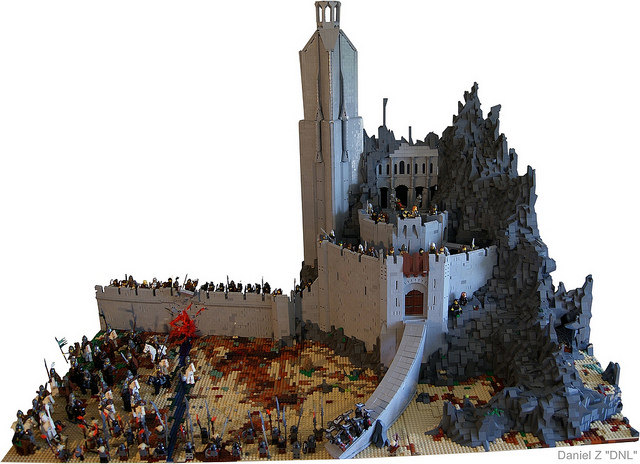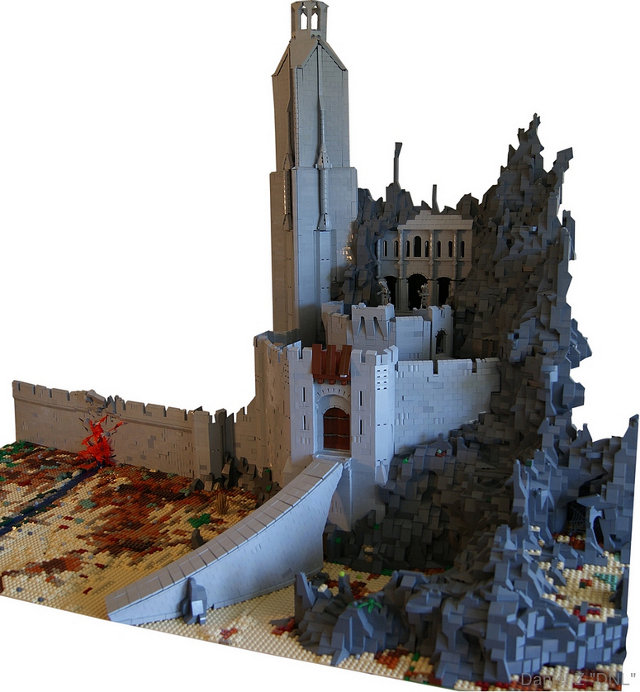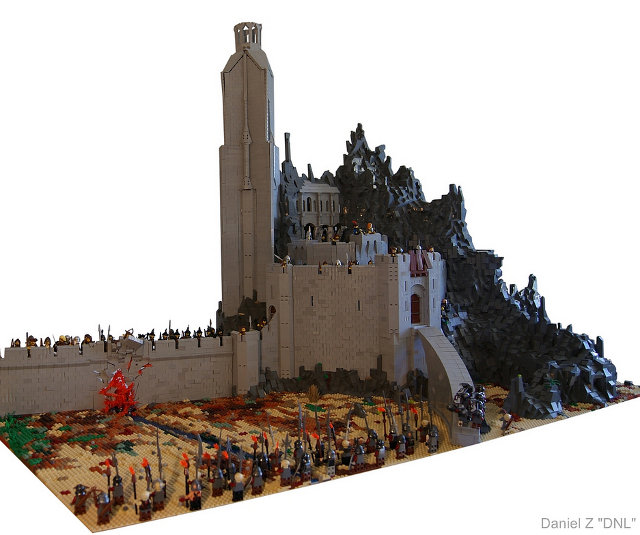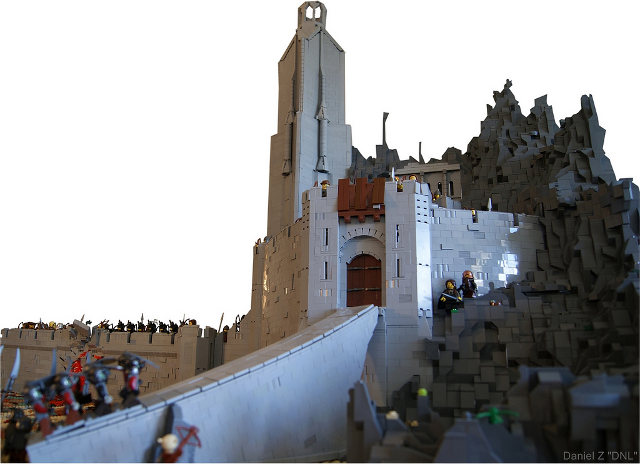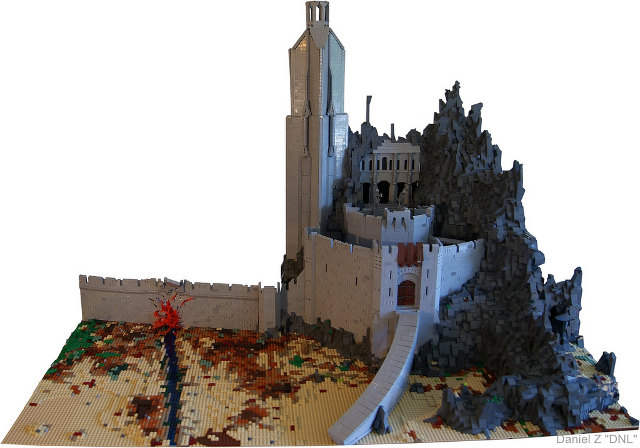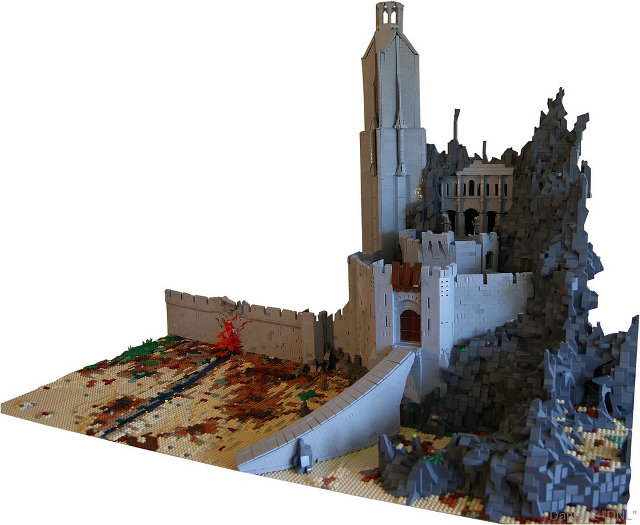http://www.goldengooseaward.org/wp-content/uploads/2013/09/Golden-Goose-Awards-Ceremony-Honors-Seven-Researchers-9-19-13.pdf
FOR IMMEDIATE RELEASE CONTACT: Barry Toiv
September 19, 2013 Association of American Universities
202-408-7500, barry.toiv@aau.edu
SECOND ANNUAL GOLDEN GOOSE AWARDS CEREMONY HONORS ODD,
OBSCURE RESEARCH THAT LED TO KIDNEY EXCHANGE, DIABETES
MEDICINE, BIOTECH INDUSTRY
Seven researchers, including two Nobel Prize winners, will be honored today at the second
annual Golden Goose Award ceremony, celebrating researchers whose seemingly odd or obscure
federally funded research turned out to have a significant impact on society.
The awardees will be honored at a ceremony on Capitol Hill, where they will receive their
awards from a bipartisan group of Members of Congress. The scientists are:
- David Gale (deceased), Lloyd Shapley, and Alvin Roth, whose work, decades apart, grew
from theoretical mathematical algorithms about marriage stability and moneyless markets to
school choice programs for urban school systems, the program that matches new medical
school graduates with their first hospital residencies, and the national kidney exchange that
matches compatible patients and donors from around the country. Shapley and Roth were
awarded Nobel Prizes in 2012. (Gale, having died, was not eligible for a Nobel.)
- John Eng, a medical researcher and practicing physician whose study of the poisonous
venom produced by the Gila monster led to a drug that protects millions of diabetics from
such complications as blindness, kidney failure, and nerve damage.
- Thomas Brock and Hudson Freeze, whose discovery of a heat-resistant microorganism at
Yellowstone National Park helped make possible the biotechnology industry and the
genomics revolution.
The purpose of the Golden Goose Award is to demonstrate the human and economic benefits of
federally funded research by highlighting examples of seemingly obscure or unusual studies that
have led to major breakthroughs and have had a significant impact on society. Such
breakthroughs may include development of life-saving medicines and treatments; gamechanging social and behavioral insights; and major technological advances related to national
security, energy, the environment, communications, and public health.
The Golden Goose Award was originally the idea of Representative Jim Cooper (D-TN). It was
created and jointly launched by a coalition of organizations, listed below, which believe that
federally funded basic scientific research is the cornerstone of American innovation and essential
